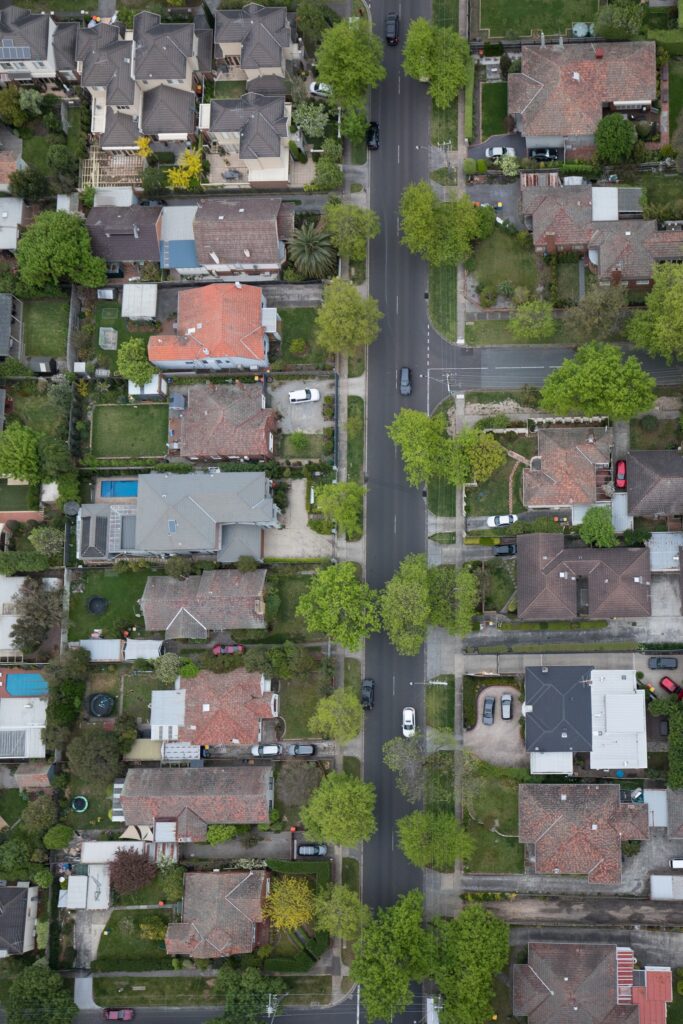What should I consider?
When moving to or building a new home it is important to think about the impact aircraft noise may have at a new location. When renovating your home or building a new home, it is also important to be aware that there may be land use zoning conditions at your location, if you live near an airport.
- Check how close the house is to an airport - all federally-leased airports and many non-federally leased airports in Australia produce master plans which outline future growth plans of the airport, including 20-year forecasts for aircraft movements. Master plans are available on airport websites. Small airports or aerodromes are often bases for circuit training which can cause persistent aircraft noise.
- Find out if the house is under a flight path - The term ‘flight path’ is used to refer to the mapped three-dimensional corridor where aircraft fly most of the time. Flight paths can be a number of kilometres wide, rather than the single lines depicted on flight charts (maps). Aircraft may fly differently within these corridors for a range of reasons, including aircraft performance (including type, speed and weight), and navigation systems. Aircraft may deviate from flight paths for a range of reasons, including weather and operational requirements. Visit WebTrak, our Airports page or contact our Noise Complaints and Information Service to find out more about aircraft operations in your area.
- Visit the location on different dates, in different seasons, times and when the wind is blowing in different directions - aircraft land and take-off into the wind and wind direction helps decide which runways can be used, which has a major impact on the amount of noise. When the runway direction changes the flight paths in use change and the areas affected also change.
- Talk to locals - see what their perception of noise in the area is and ask about seasonal variations in noise levels.
- Check to see if the area is a popular tourist spot - there may be tourist services such as sightseeing flights and skydiving or patrol and rescue services nearby.
- Check where the local hospitals are - medical emergency helicopters may operate at any time of the day or night, as required.
- Check if there are any planning requirements - planning authorities may have requirements on building or renovating a home near an airport. See 'What are ANEFs and how do they affect me' below for more information.
- Consider your lifestyle - are you going to be home during the day? Do you spend time outside or sleep with the windows open in the summer months?
- Check the construction of the home -Is it well insulated from noise?
